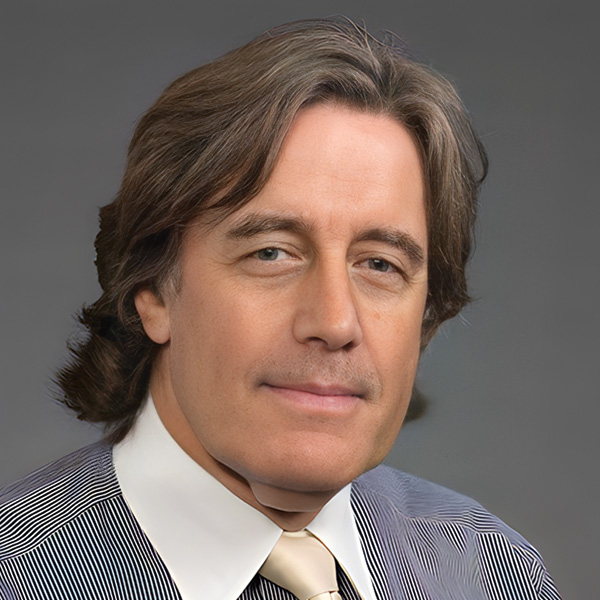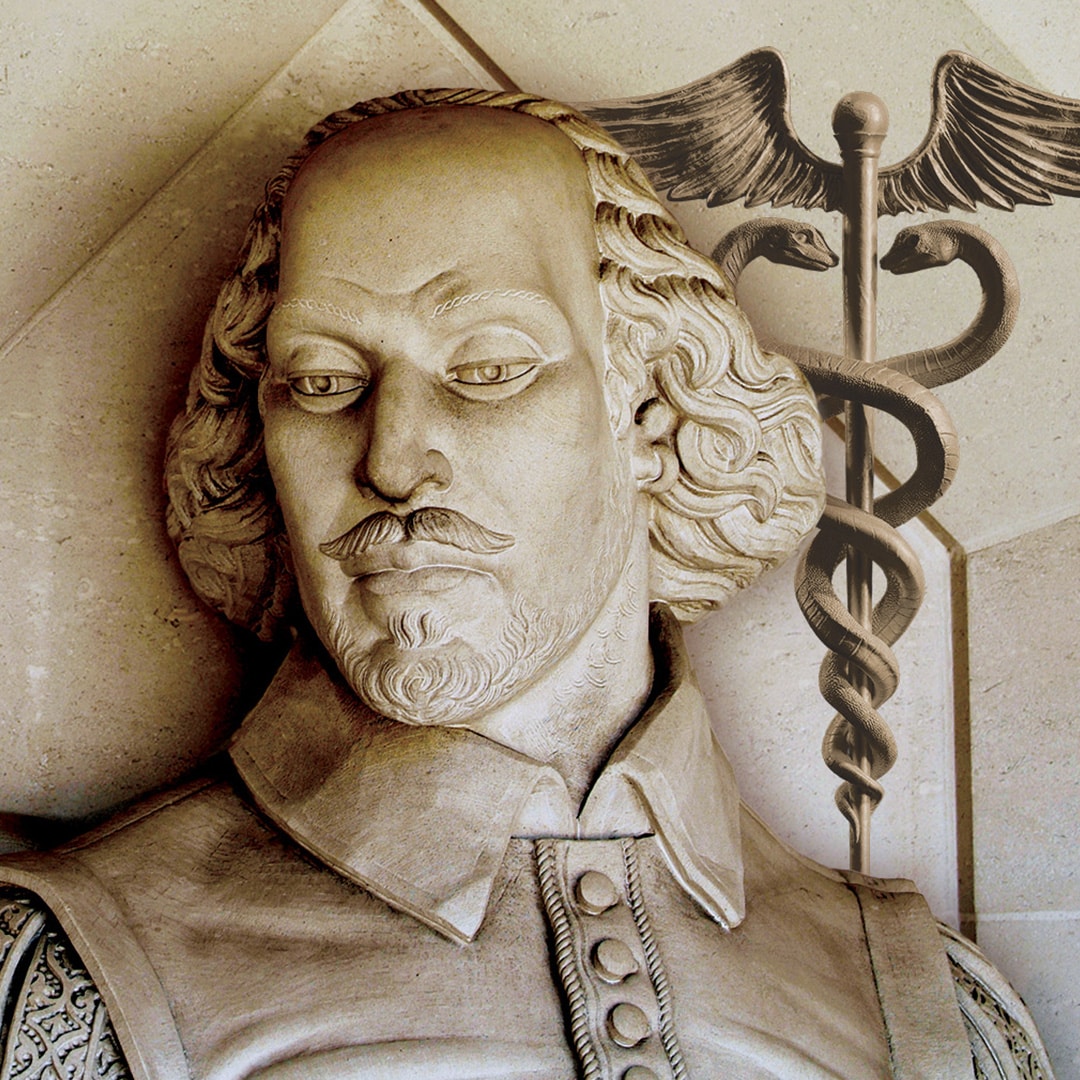Yin and Yang were born from chaos when first
The universe was created, their poles
Constantly changing to control the worst
And best in life, when imbalance of souls
Announces danger and catastrophe
While harmony yields healthy destiny
Water, metal, fire, wood, earth, the Feng Shui
Resonate relationships with finality
The Yellow Emperor perceived outcomes
Of sickness or health in the ways of qi
The echelon of organs, the fulcrum
Of balance and power, the future to see
Mythology, reality, this sure
Treatise created a lasting treasure
Backstory
So pervasive are elements of Chinese culture that most people are familiar with the concept of Traditional Chinese Medicine (TCM). However, the actual origins of TCM are unclear since Chinese history in general represents a merging of myth and reality. On the mythical side are the suggestions that TCM originated with the Emperor Huangdi, in around 2,600 BC. Known as the Yellow Emperor, believed to be one of the Three Sovereigns and Five Emperors of the Huaxia Chinese, it is claimed that he wrote a treatise on health and disease. This book probably dates from around 300 BC; it takes the form of a discussion between Huangdi and his physician. The title is Huangdi Neijing, “The Yellow Emperor’s Classic of Medicine”. This is the basis of many TCM concepts; health and illness are caused by an imbalance of the two basic forces, yin and yang, and by the influence of the essential elements water, fire, metal, wood and earth. Several more treatises were written in succeeding years, including ‘Treatise on Cold Injuries’ attributed to Zhang Zhongjing and the Bencao Gangmu, produced by Li Shizchen in the sixteenth century, which sets out the principles of herbs and drugs used in TCM. Chinese medicine was certainly more advanced than that of most western civilizations at that time.


